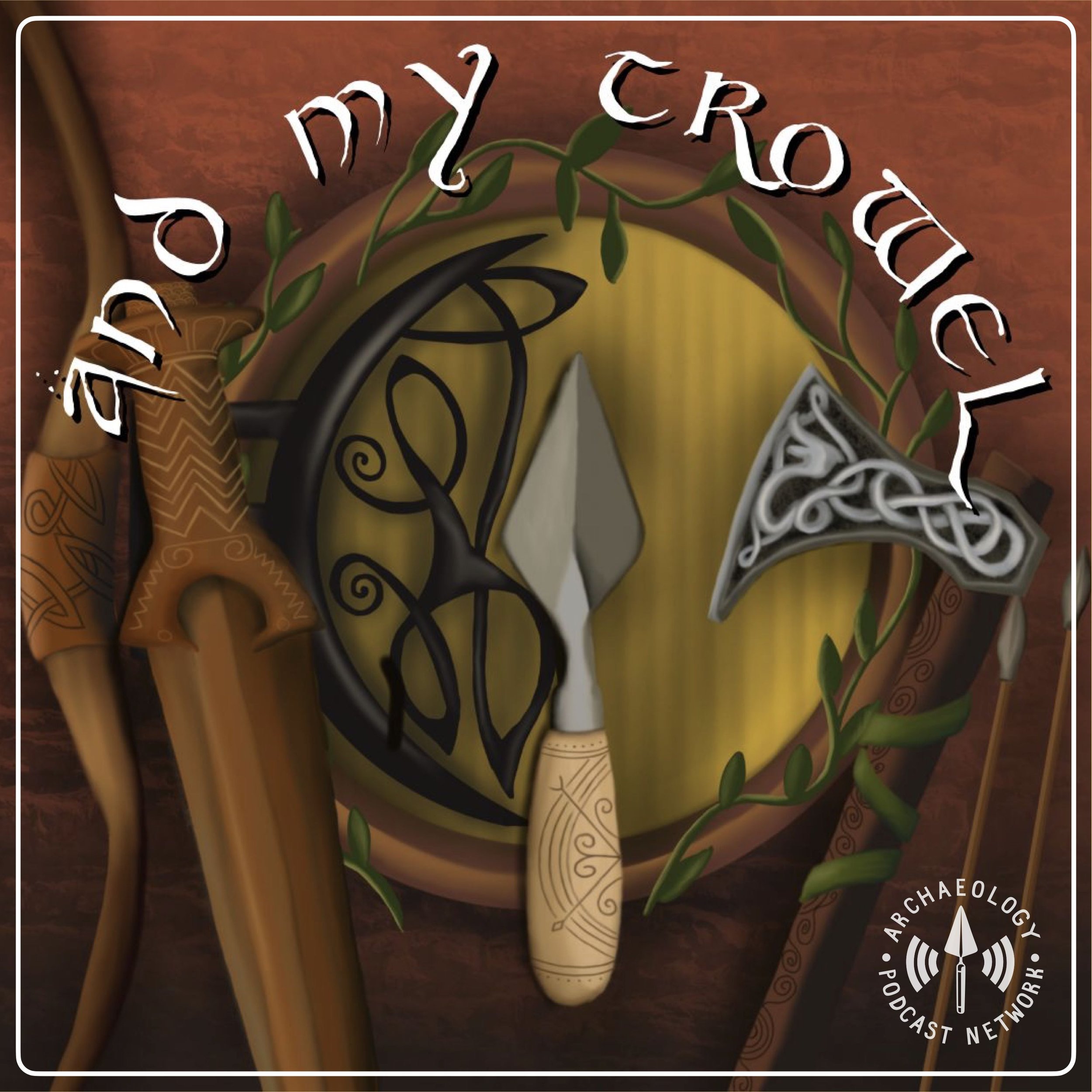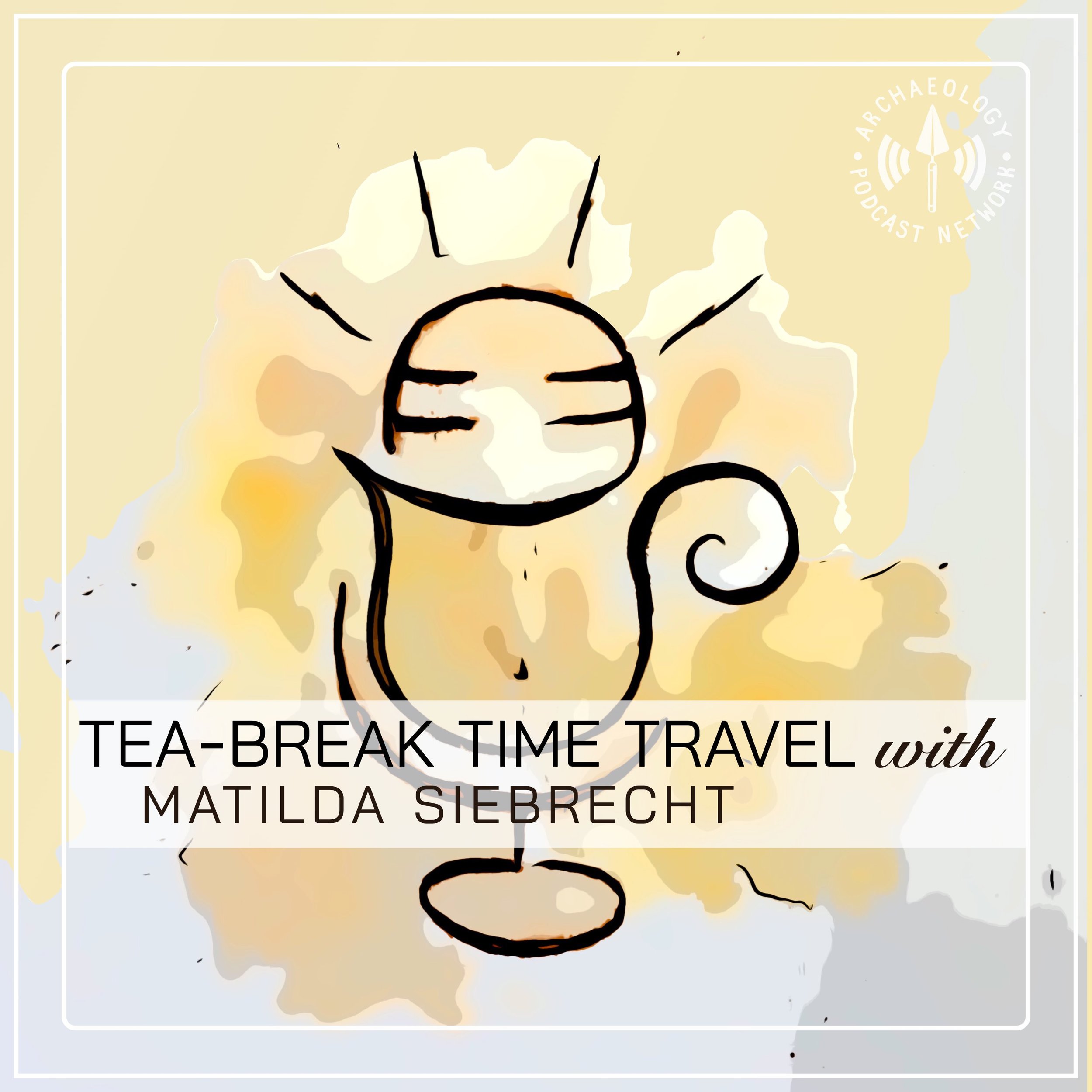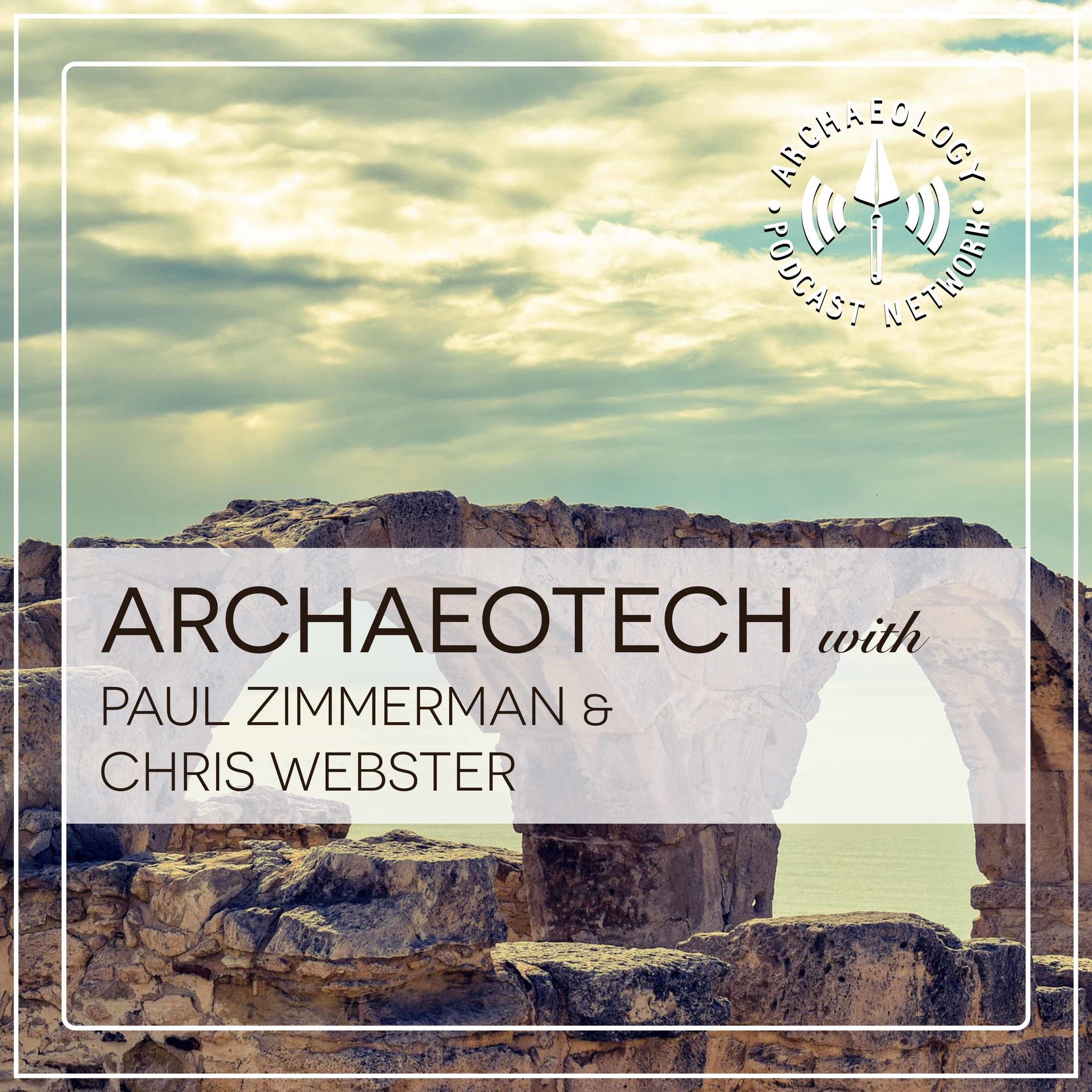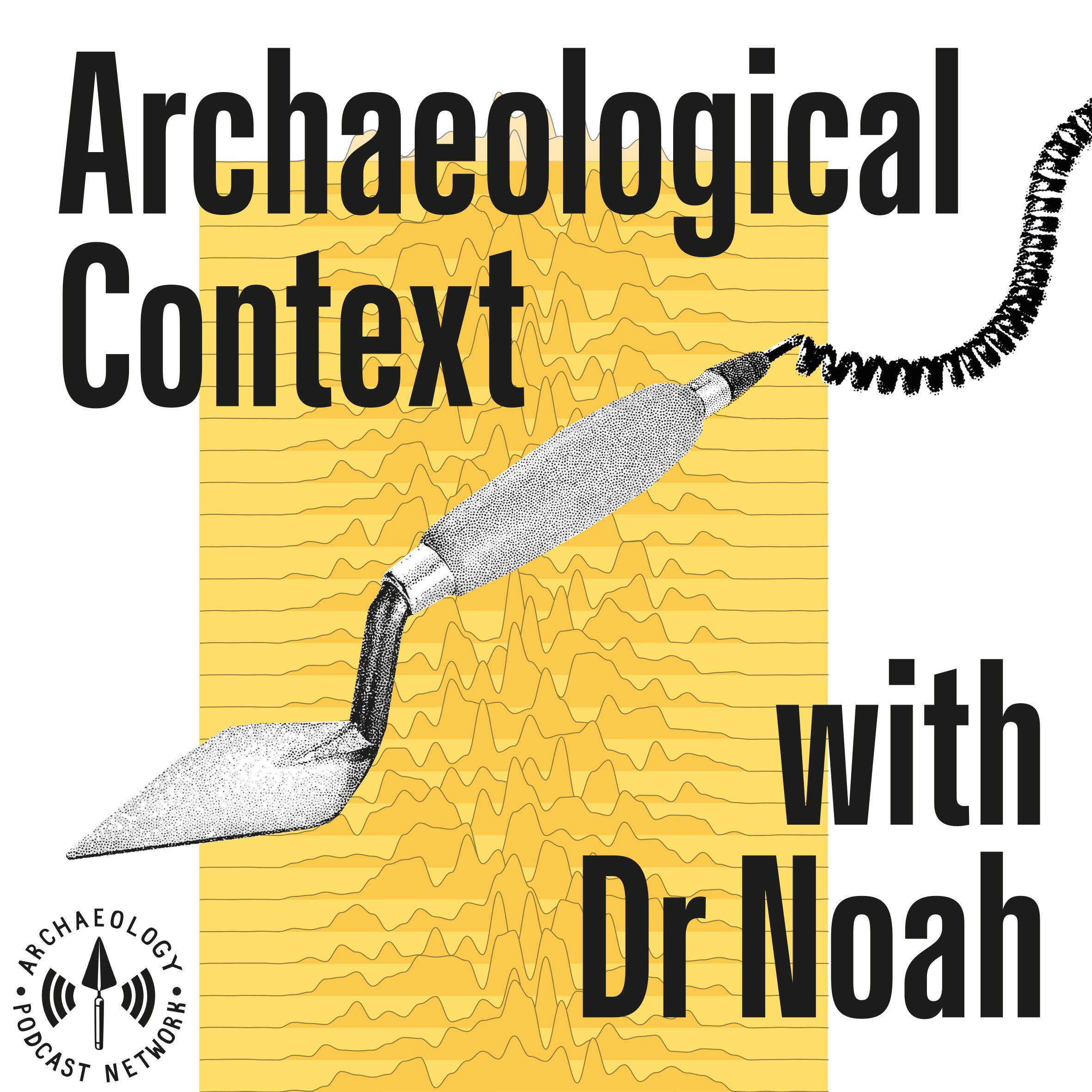It’s time for part two of our discussion with forensic anthropologist, osteoarchaeologist, and conservator Jessica van Dam, as we discuss the issue of vampire teeth. Are there archaeological examples of vampires in the real world? (Spoiler: yes) Can we look at bones to see what happened to that person in life? (Spoiler: yes) Do vampire teeth and hair continue to grow once they become vampires? (Spoiler: we have no idea, but have great fun discussing it!)
Links
Contact
Email: andmytrowel@gmail.com
Instagram: @and.my.trowel
ArchPodNet
APN Website: https://www.archpodnet.com
APN on Facebook: https://www.facebook.com/archpodnet
APN on Twitter: https://www.twitter.com/archpodnet
APN on Instagram: https://www.instagram.com/archpodnet
Tee Public Store: https://www.teepublic.com/stores/archaeology-podcast-network?ref_id=5724
Affiliates
Liquid I.V.
Ready to shop better hydration, use my special link https://zen.ai/thearchaeologypodnetworkfeed to save 20% off anything you order.










